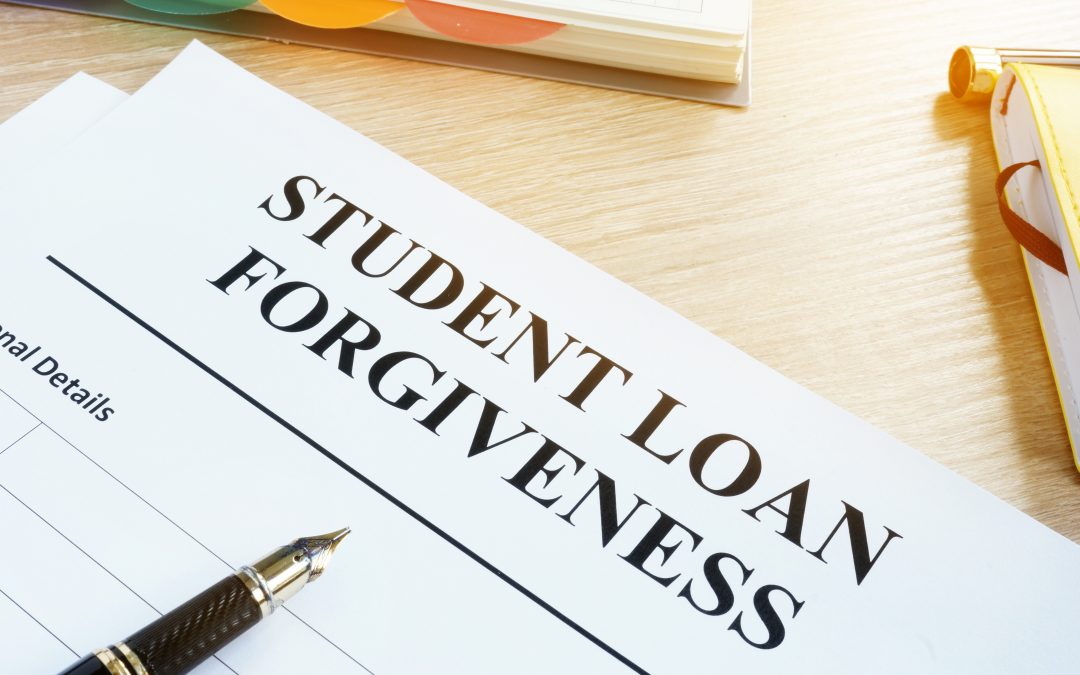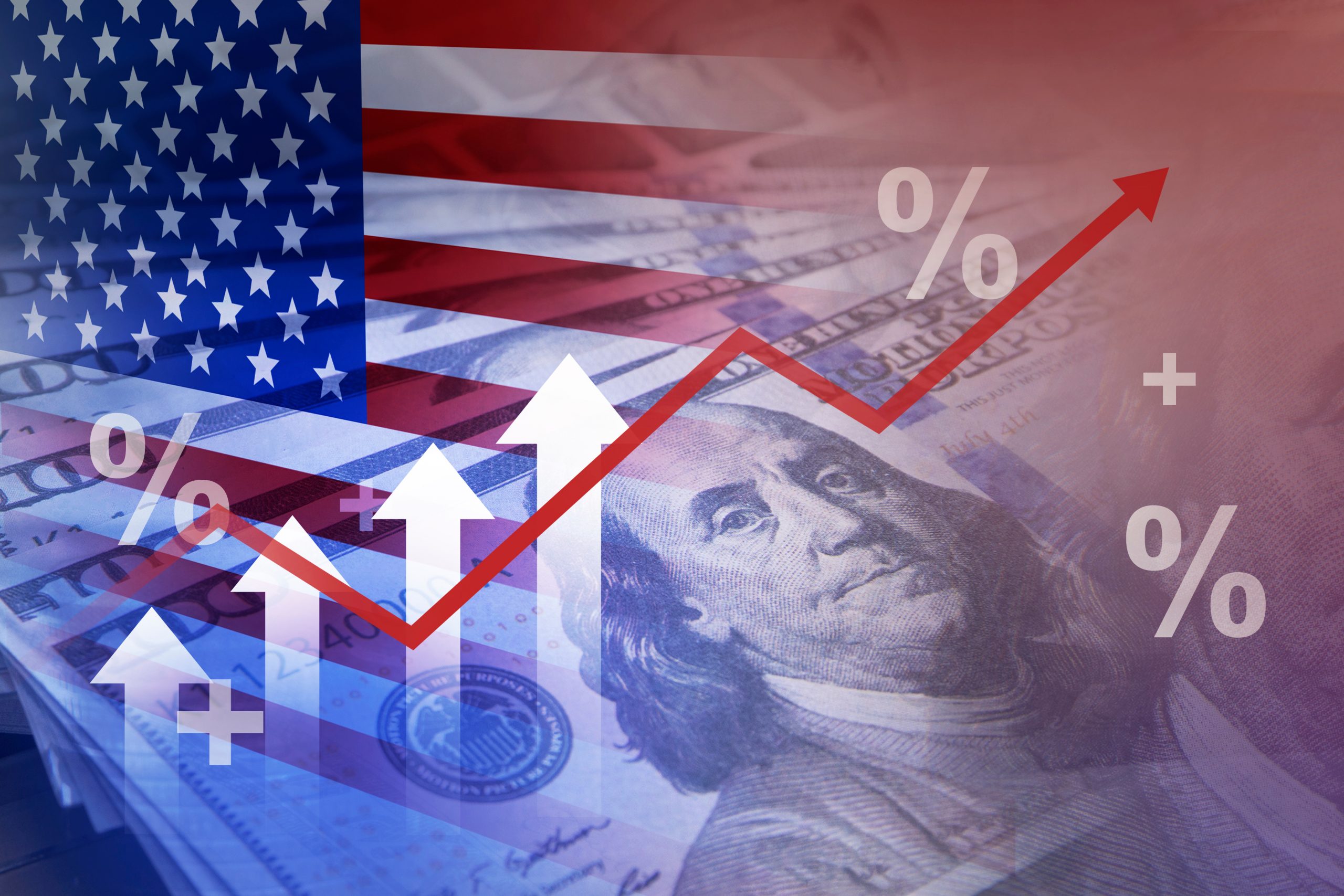August 29, 2022
On August 24, 2022, President Biden announced a plan that will work to address student loan debt in the United States. His announcement addresses three main areas, including forgiveness of up to $20,000 of federal student loan debt, an extension of repayment on student loans, and modifications to some income-based repayment plan rules. As well, there is some additional flexibility added to the Public Student Loan Forgiveness Program.
Student Loan Forgiveness Provisions
The major part of the President’s plan will allow for forgiveness of federal student loan debt. Individuals who received a Pell Grant are eligible for up to $20,000 in forgiveness and individuals without a Pell Grant are eligible for up to $10,000 in forgiveness. Debt forgiveness applies for those who earn less than $125,000 a year ($250,000 a year for married couples). If a borrower’s loan balance is less than the eligible amount of forgiveness, the full loan will be forgiven, but the borrower won’t receive the difference. Therefore, if you qualify for $20,000 of forgiveness but only have $15,000 of loans left, your forgiveness would be $15,000.
The Department of Education has said that nearly 8 million borrowers will be able to receive this forgiveness automatically through information that the Department of Education already has. If the DoE does not have your information, there will be a simple application you can use to provide the information. The application is expected to launch in early October, and borrowers can expect to have received forgiveness within 4 to 6 weeks of applying.
In addition to the forgiveness, the Biden Administration has issued one additional pause on repayments of Federal student loans through the end of December. As a result, borrowers will need to start making loan payments again in January 2023. The pause has been going on for most of the COVID pandemic, and it was set to end in August 2022. The Biden Administration has indicated that this will be the final extension of the payment pause.
Additionally, there has been a modification to the income-based repayment rules. Under the update, there is a bit more flexibility for the repayments, with the repayments now capped at 5% of discretionary monthly income. Under the new plan, they are raising the amount of income that is considered non-discretionary, which means that borrowers earning under 225% of the Federal Poverty Level would not have to make any loan payments. Under these plans, as well, forgiveness of the loans will end after 10 years of payments when the balance is under $12,000, rather than the normal $10,000.
Public Student Loan Forgiveness Program
In addition to the broader updates to Federal Student Loans, the plan is also making some temporary changes to the Public Student Loan Forgiveness (PSLF) Program. This has the potential to make an impact for those who work for 501(c)(3) organizations and federal, state, local, and tribal governments. The PSLF Program is a program where those who work ten years (including non-consecutive time) in public service to either certain non-profits or governmental agencies and make their monthly student loan payments can have all of their remaining student loan debt canceled.
While the PSLF Program is not new under the changes announced by the Biden Administration, there are temporary rules that can make it easier to get forgiveness of these loans. These rules both can simplify the forgiveness process and get additional credit towards your forgiveness.
The application for this PSLF Program’s new rules is now up. You can find it at: https://www.whitehouse.gov/publicserviceloanforgiveness/. Please note that, in order to take advantage of these temporary rules, you must apply by October 31, 2022. While you can still take advantage of the forgiveness program after this date, you will lose out on the additional flexibility. The website also has a tool to determine if you are eligible for relief under this program.
If you work full-time for a 501(c)(3) or a governmental agency and have student loan debt, and you haven’t applied for this program, now is a great time to look into this and take advantage of the flexibility.
For more information on the plan and to receive updates from the Department of Education, you can visit: https://studentaid.gov/debt-relief-announcement. The Department of Education is still working on implementing the information outlined by the Biden Administration, so we expect that further guidance will continue to be released.




